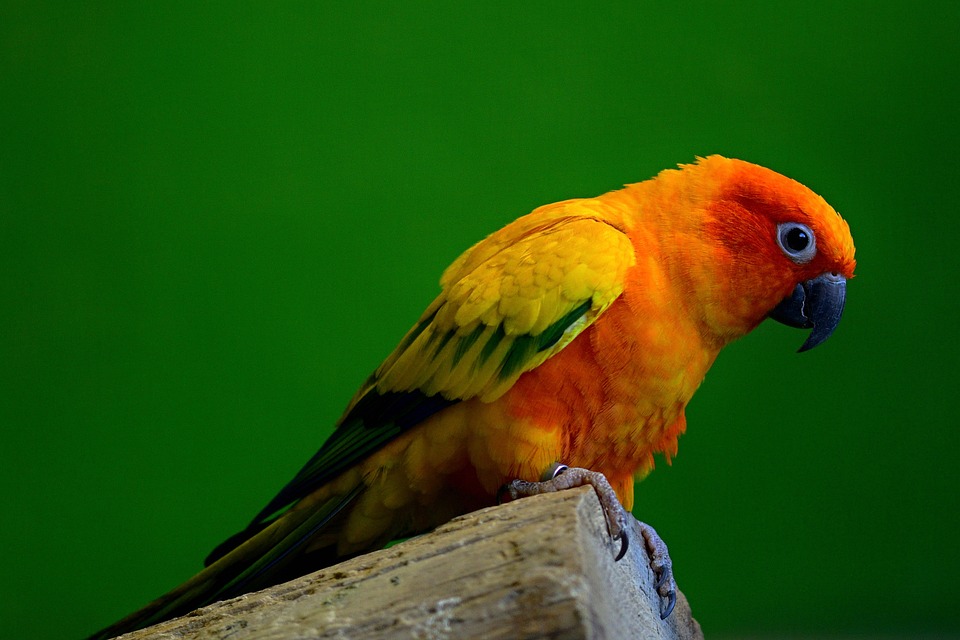Training a parrot can be a rewarding experience for both the bird and the owner. However, it requires time, patience, and consistency. Establishing a parrot training schedule is crucial to ensure consistent learning and progress. In this article, we will guide you on how to create an effective training schedule for your parrot, maximizing its potential for development.
Before diving into the details, let’s understand the advantages of having a structured training schedule for your parrot:
1. Consistency: A regular training schedule helps establish a routine, allowing your parrot to anticipate and engage in learning sessions more effectively.
2. Progress Tracking: By sticking to a schedule, you can track your bird’s progress and identify areas that require more attention.
3. Mental Stimulation: Consistent training sessions provide mental stimulation for your parrot, preventing boredom and encouraging healthy cognitive development.
4. Bonding: Spending dedicated time with your parrot through training sessions strengthens the bond between you and your feathered friend.
Follow these steps to create an effective and consistent training schedule for your parrot:
1. Assess Your Parrot’s Needs: Understand your parrot’s individual needs, including its species, age, and current level of training. This assessment will help you tailor the training schedule accordingly.
2. Set Realistic Goals: Determine what you want to achieve through training. Whether it’s teaching basic commands, tricks, or improving socialization, set realistic and achievable goals.
3. Break It Down: Divide the training goals into smaller, manageable tasks. This approach makes the learning process less overwhelming for your parrot and enhances its ability to grasp each step.
4. Time Allocation: Decide on the duration of each training session. Start with short sessions, around 10-15 minutes, and gradually increase the duration as your parrot becomes more comfortable.
5. Frequency: Decide how often you will conduct training sessions. Aim for consistency by scheduling sessions at least three to five times a week.
6. Variety and Fun: Incorporate a variety of training techniques and activities to keep your parrot engaged and motivated. Include interactive toys, puzzles, and positive reinforcement to make the sessions enjoyable for your bird.
7. Consistency is Key: Stick to the established schedule as much as possible. Regularity will help your parrot develop a routine and improve its learning capabilities.
Here are some frequently asked questions about parrot training schedules:
Q: How long should each training session be?
A: Initially, keep the sessions short, around 10-15 minutes. As your parrot progresses, you can gradually increase the duration up to 30 minutes.
Q: Can I train my parrot every day?
A: While it is important to train regularly, parrots also need rest days. Aim for three to five training sessions per week, allowing your parrot to have breaks in between.
Q: What if my parrot doesn’t seem interested during training sessions?
A: If your parrot shows disinterest, try incorporating different training techniques, introducing new toys, or offering its favorite treats as rewards. Adjusting the training methods can help reignite its enthusiasm.
Q: How long does it take to train a parrot?
A: The time required to train a parrot varies depending on the individual bird, its species, and the complexity of the tasks. It can take weeks, months, or even longer to fully train a parrot.
Q: Is it necessary to follow a strict schedule?
A: While a structured schedule is beneficial, it is important to be flexible and adapt to your parrot’s needs. If necessary, make adjustments to the schedule to accommodate any changes or challenges that may arise.
By creating a parrot training schedule, you provide the necessary structure for your parrot’s learning journey. Consistency, patience, and gradual progression are key to successful training. Remember to tailor the schedule to your parrot’s individual needs, keep the sessions enjoyable, and adapt as required. With dedication and the right approach, you’ll witness your parrot’s impressive learning abilities flourish over time.









